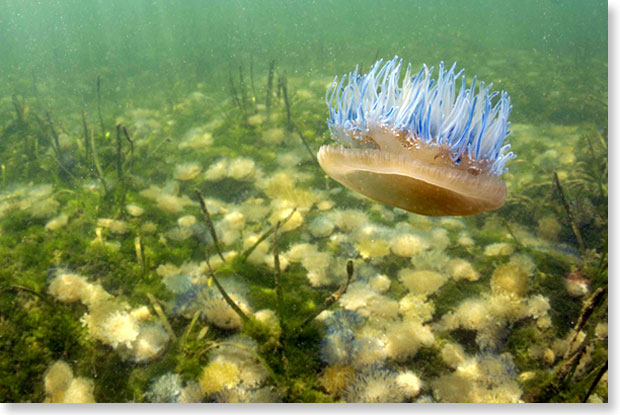Mars is a cold desert planet with no liquid
water on its surface. But in the Martian arctic,
ice lurks just below ground level. Discoveries
made by the Mars Odyssey Orbiter in 2002 showed
large amounts of subsurface water ice in the
northern arctic plain. Confirmed in May 2008,
NASA's Mars Phoenix Lander successfully
discovered ice, measured Martian weather, and
found perchlorate, a known energy source for
some microbes on Earth.
"This mission will be remembered for being the first to do direct analysis of ice or water on the surface of Mars," stated the engineer who developed the Phoenix Lander scientific instrumentation.
Driven by a clever social media strategy that built a huge Twitter following, the relatively cheap robotic mission ($480 million) struck a chord with space lovers, who watched with rapt attention as the Lander made a picture-perfect landing and proceeded to become the first human spacecraft to "taste" Martian water.
Although seasonal decline in the Martian arctic did not provide enough sunlight for the Phoenix Lander solar arrays to collect power necessary to charge batteries to operate its instruments beyond five months (officially declared dead in November 2008), the analysis of 25,000 photographs and data from dozens of experiments prompts NASA to regard the mission a major success.
In fact, the mission’s only failure — not finding evidence of life — doesn’t have much to do with the execution of the mission so much as the Red Planet itself.
"It’s been a great mission, a highlight of my life. We’ve seen nutrients and energy sources." said the mission's principal investigator. "That leads to the question: Is this a habitable zone?"

